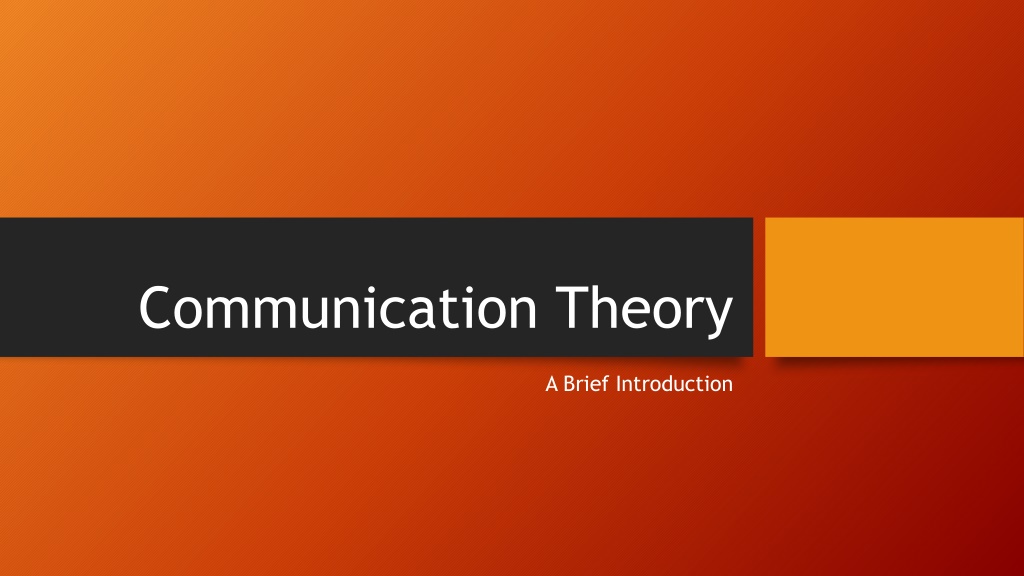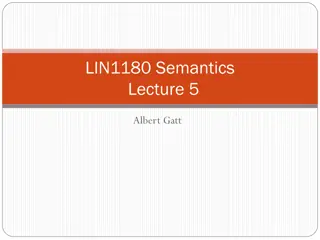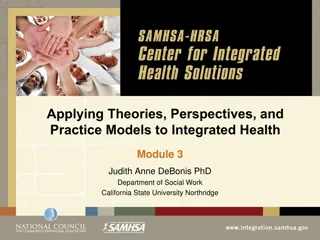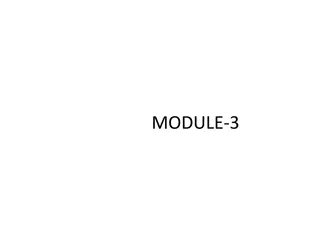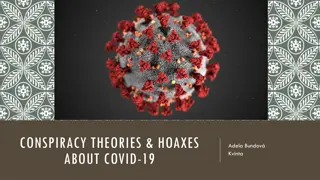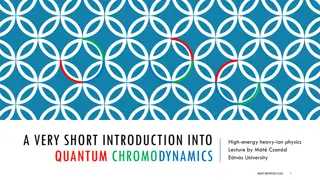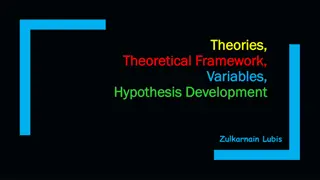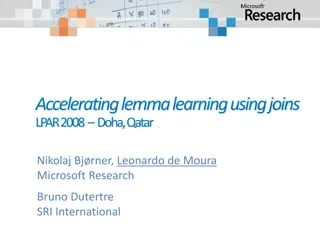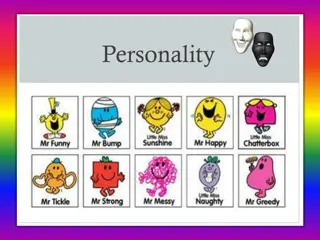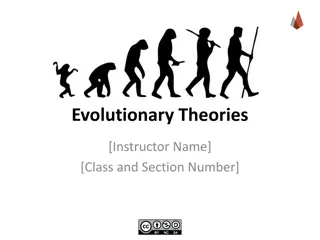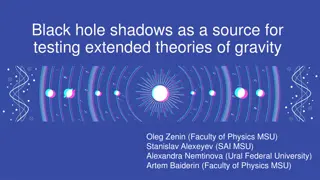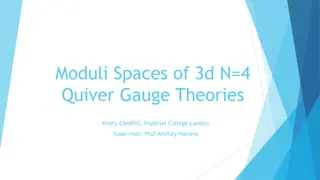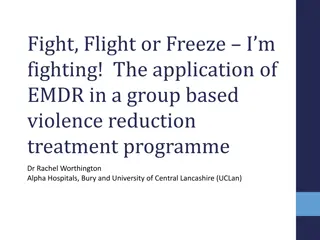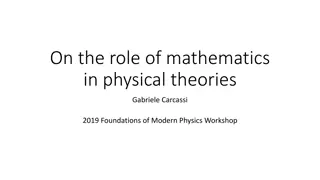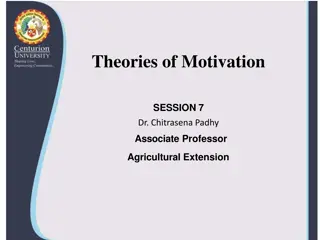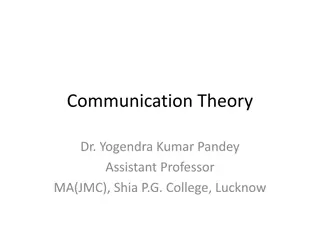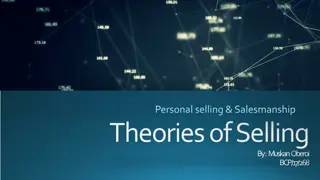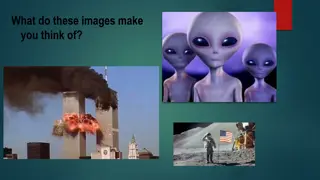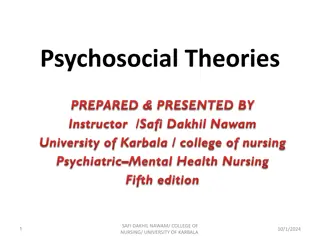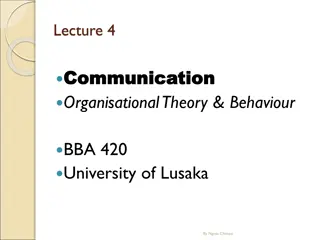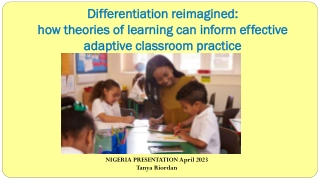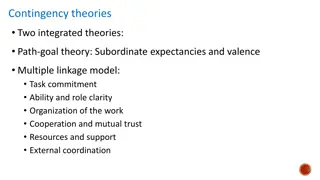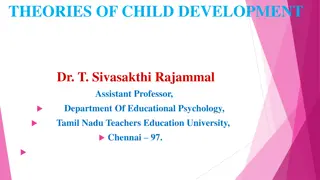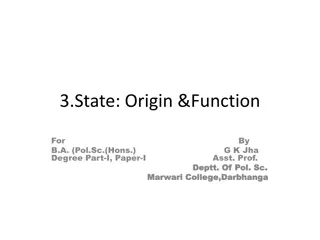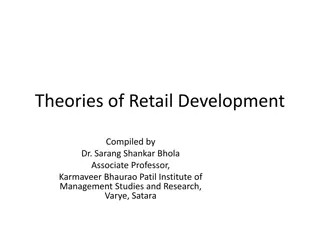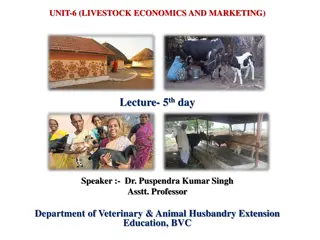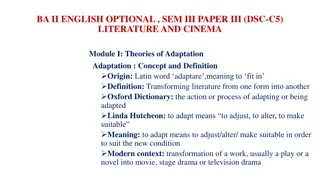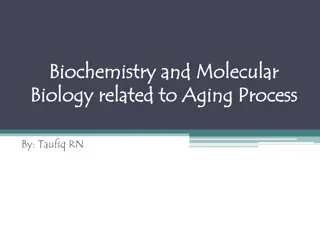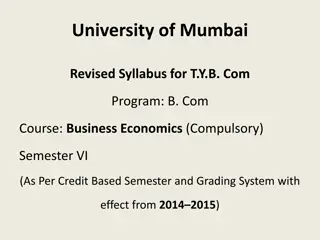Exploring Communication Theories: A Comprehensive Overview
Delve into the fascinating world of communication theories, ranging from the genesis of Information Theory in the 1920s to contemporary frameworks like Expectancy Violations Theory and Social Information Processing Theory. Understand how theories provide explanations, predictions, and avenues for reform in the realm of communication studies. Gain insights into the diverse perspectives and approaches that shape our understanding of human interaction and information exchange.
- Communication theories
- Information Theory
- Expectancy Violations Theory
- Social Information Processing Theory
- Explanation
Download Presentation

Please find below an Image/Link to download the presentation.
The content on the website is provided AS IS for your information and personal use only. It may not be sold, licensed, or shared on other websites without obtaining consent from the author. Download presentation by click this link. If you encounter any issues during the download, it is possible that the publisher has removed the file from their server.
E N D
Presentation Transcript
Communication Theory A Brief Introduction
Information Theory Genesis in the 1920s Much of the early work done at Bell Labs Alan Turing used its principles to help break German enigma codes during WWII Claude E. Shannon (1948) A Mathematical Theory of Communication Concerned primarily with determining limits for data storage and transmission Adapted theories from statistical thermodynamics (Shannon s entropy)
A First Look at Communication Theory Currently in its 9thedition Expectancy Violations Theory Cultural Studies Symbolic Interactionism Standpoint Theory Communication Privacy Management Theory Face Negotiation Theory Dramatism Relational Dialectics Agenda Setting Theory The Interactional View Social Penetration Theory Functional Perspective on Group Decision Making Critical Theory of Communication in Organizations Narrative Paradigm Uses and Gratifications Speech Codes Theory Coordinated Management of Meaning Cognitive Dissonance Semiotics Genderlect Styles Media Ecology Cultural Approach to Organizations Symbolic Convergence Theory Cultivation Theory The Rhetoric Communicative Constitutions of Organizations Muted Group Theory Uncertainty Reduction Theory Social Judgment Theory Communication Accommodation Theory Social Information Processing Theory Elaboration Likelihood Model
Theories Theories are simply explanations of how or why things happen the way they do. Stone, Singletary, and Richmond, Clarifying Communication Theories: A Hands-On Approach
Theories A theory offers an account of what something is, how it works, what it produces or causes to happen, and what can change how it operates. . . . Theories pursue one or more of four basic goals: description, explanation, prediction or understanding, and reform. Wood, Communication Theories in Action, 2nd edition
Theories provide frameworks Help to generate research questions Focus attention on particular aspects of questions, problems or phenomena Make falsifiable predictions Become refined through the research they generate Different theories are not necessarily in opposition to one another
Issues in Science and Technology Journalism Public Scientist
Issues in Science and Technology Journalism Scientist Journalist Public
Issues in Science and Technology Journalism Journalist Scientist
Issues in Science and Technology Journalism Public Journalist
And, of course, there are issues with: The noise surrounding the whole process The fields of experience Sender Receiver Encoding Decoding Feedback
Issues, then, is extremely broad We can t hope to cover every issue in the field Nevertheless, we will be using communication theory as a way to organize our exploration of: Constraints faced by science writers and editors The many roles of the journalist in the scientific enterprise Strategies for communicating science effectively The professional environment of science communicators The scholarly literature on science communication
For next week Readings Scientists Intuitive Failures . . . Science in Public, Chapter 2 On Being a Scientist Assignment I want each of you to find a scientific poster. It must be somewhere on campus. Online posters are not acceptable. You should take a picture or pictures of the poster for a 10-minute, in class presentation in which you will tell us who the researchers are, what their world is like, what it is they re trying to communicate, and to whom. You should each present a different poster.
STJR Orientation Today 11:30-1:00 VENI 349
